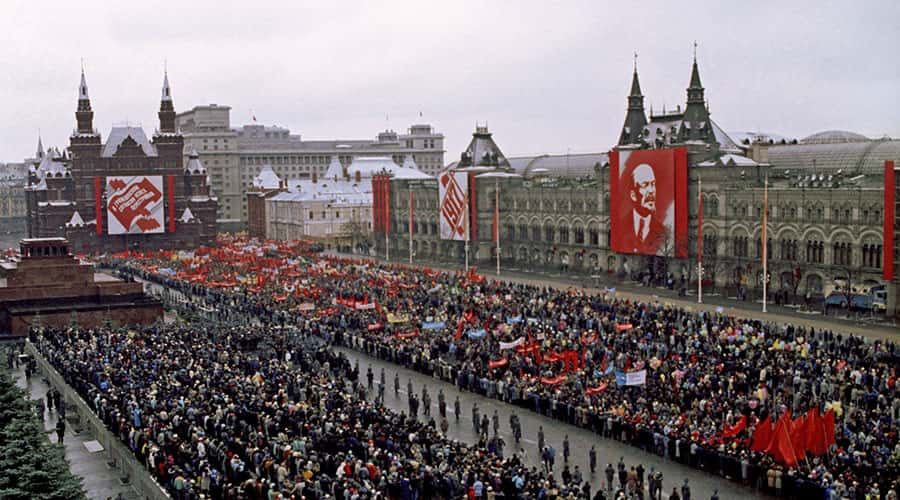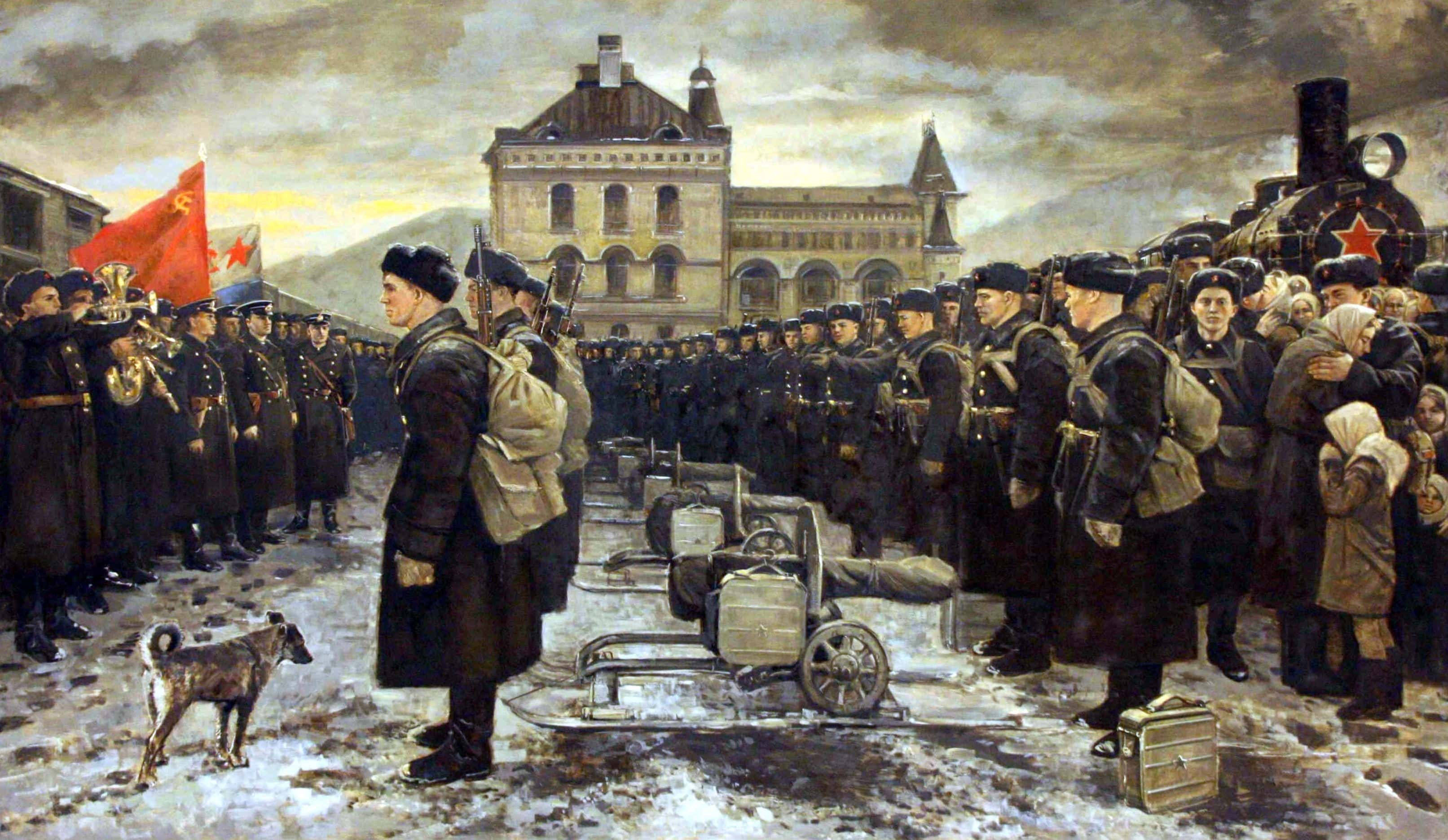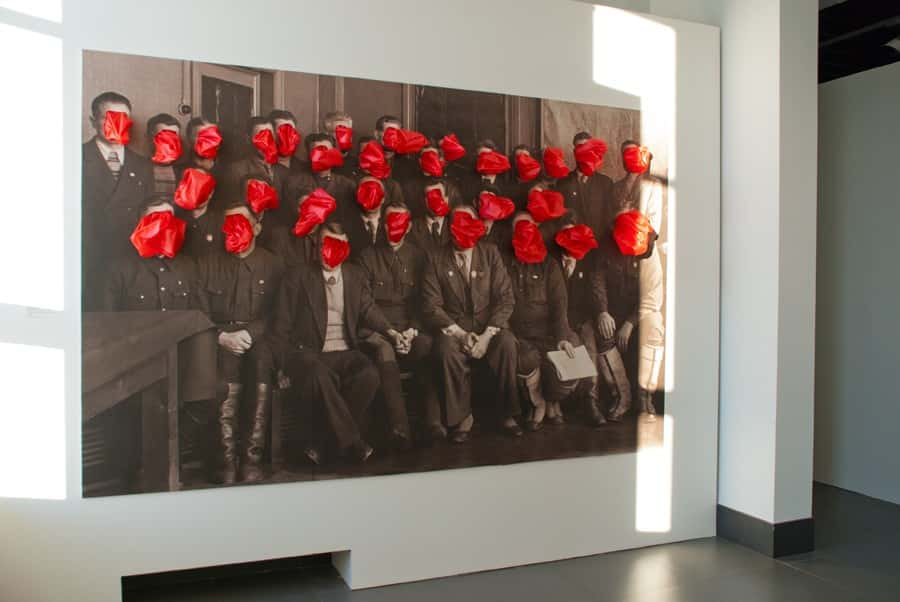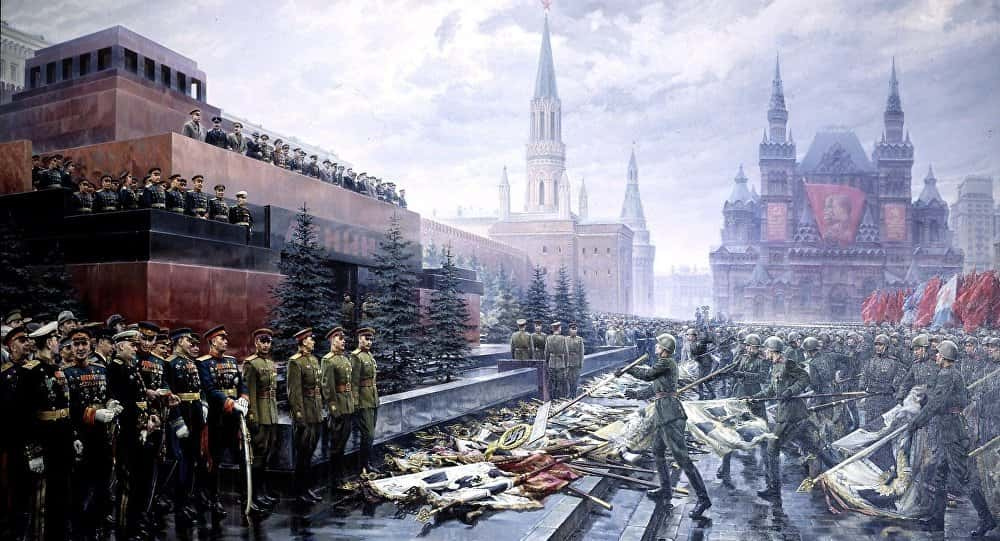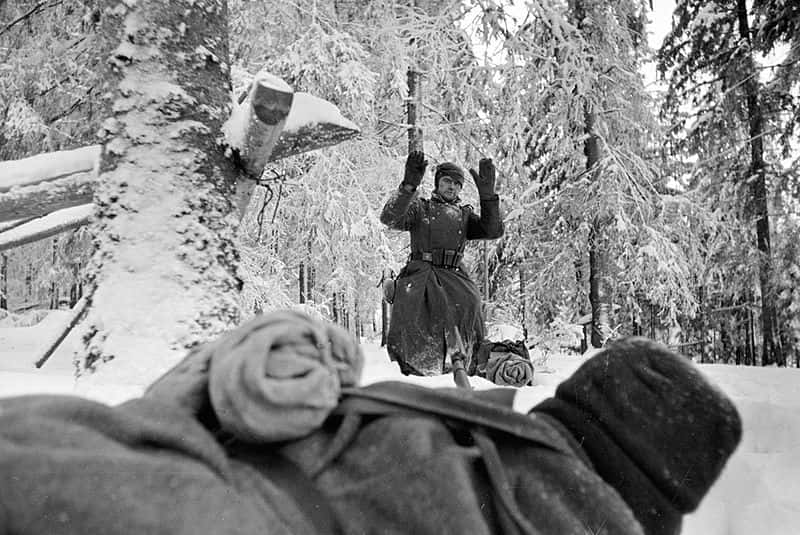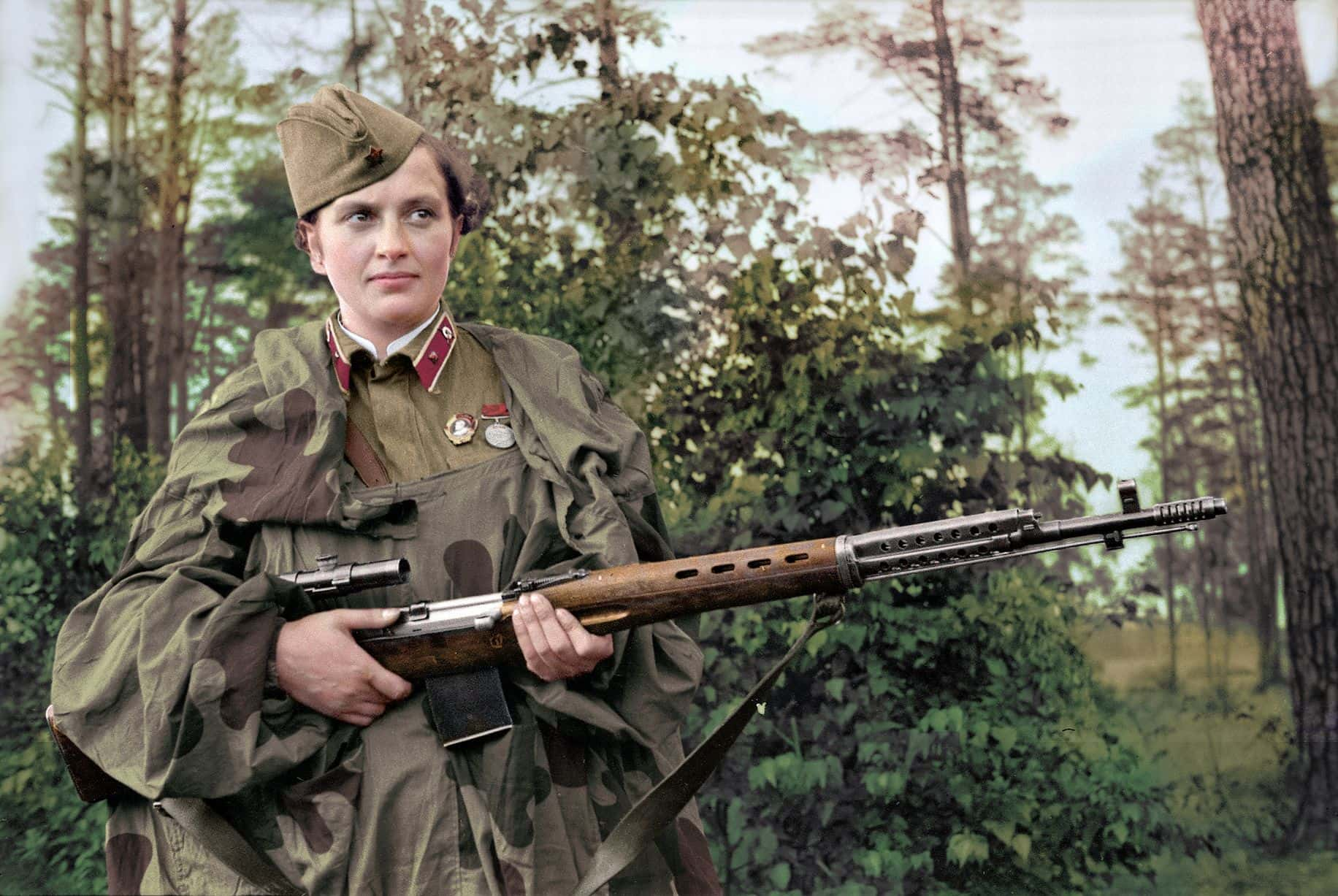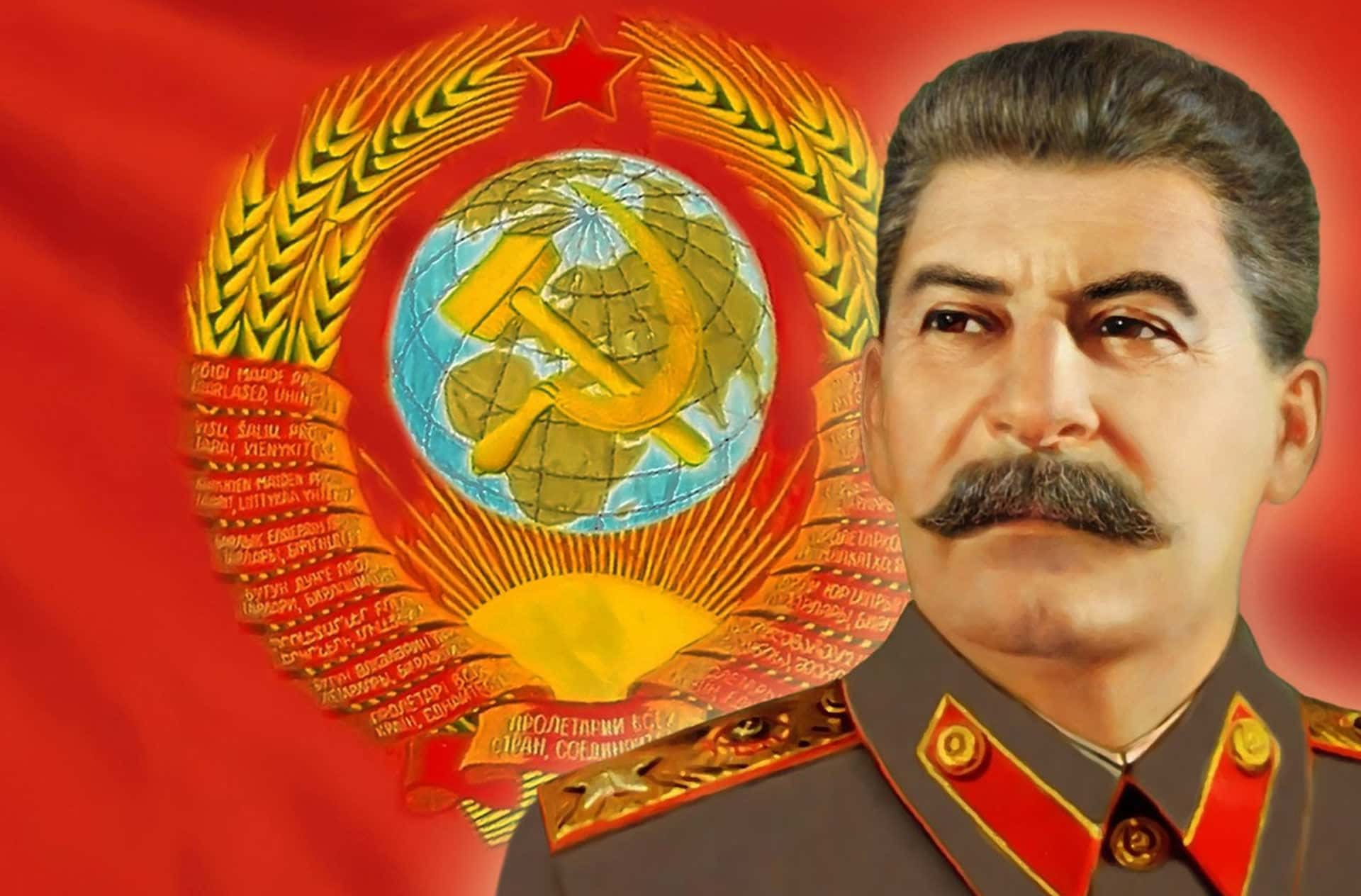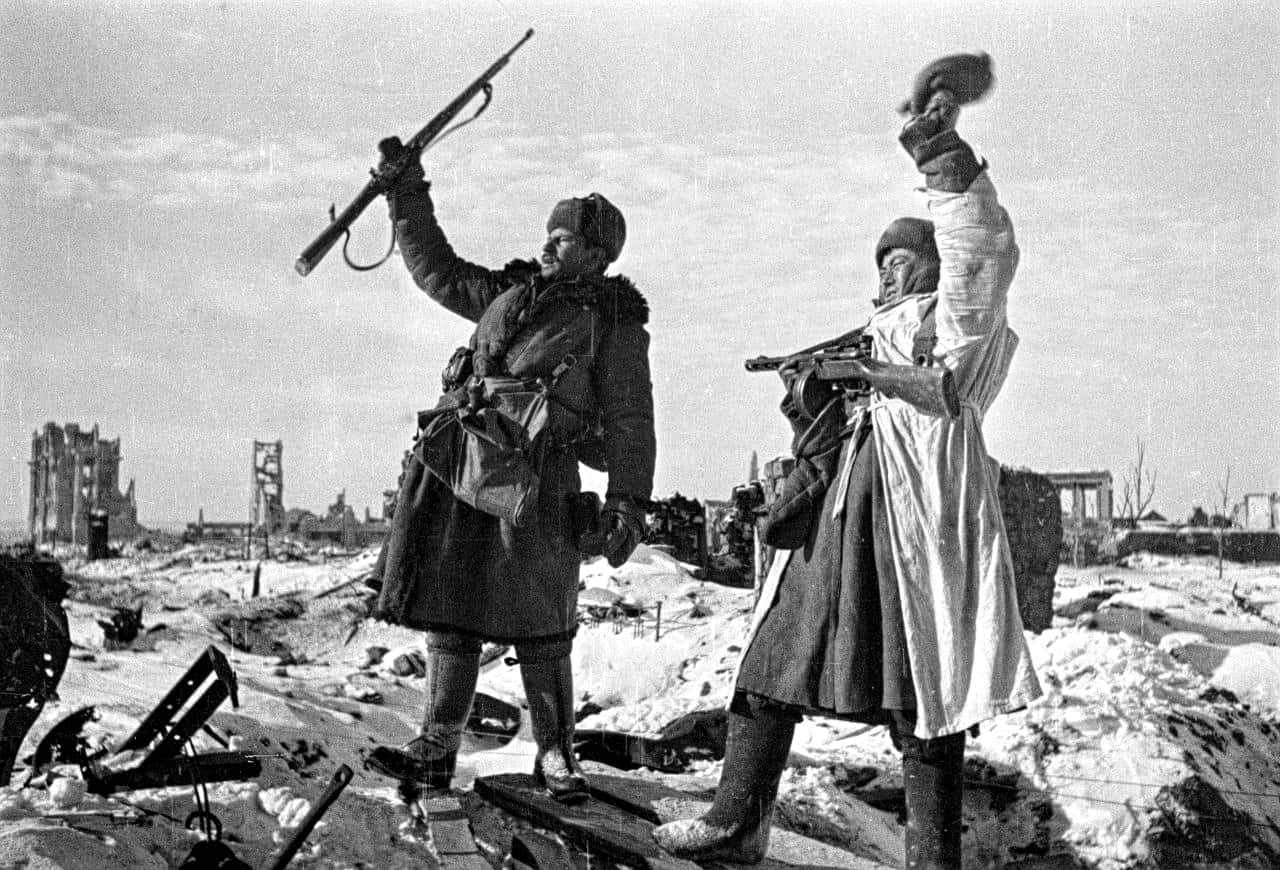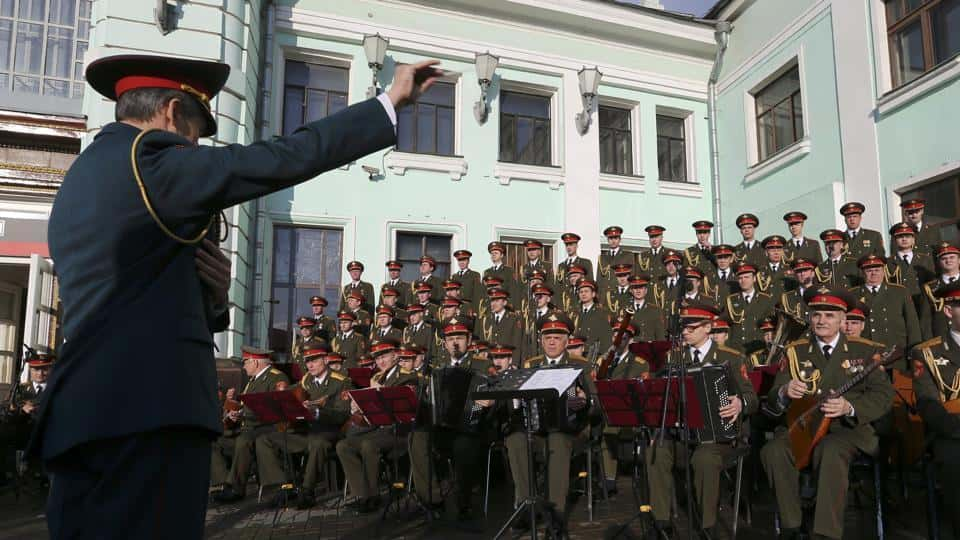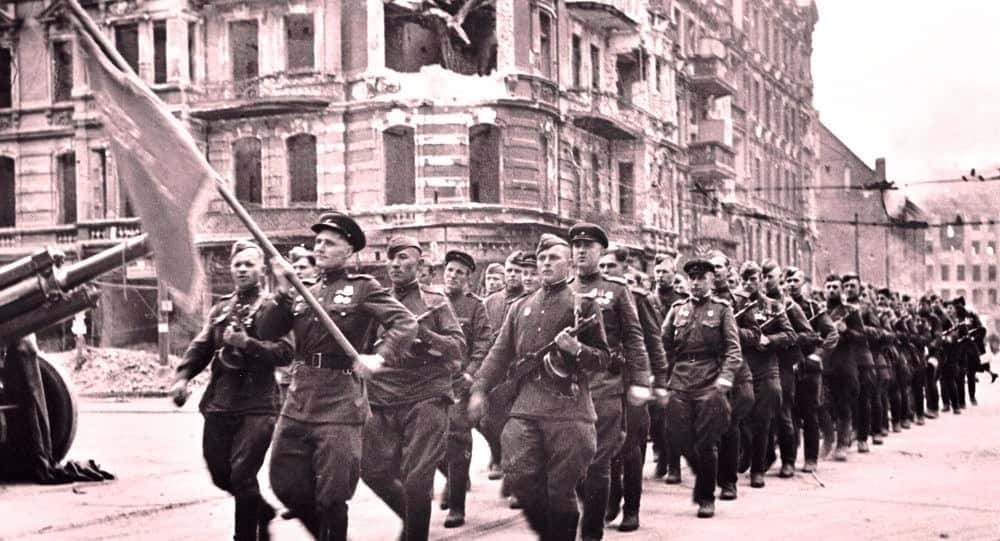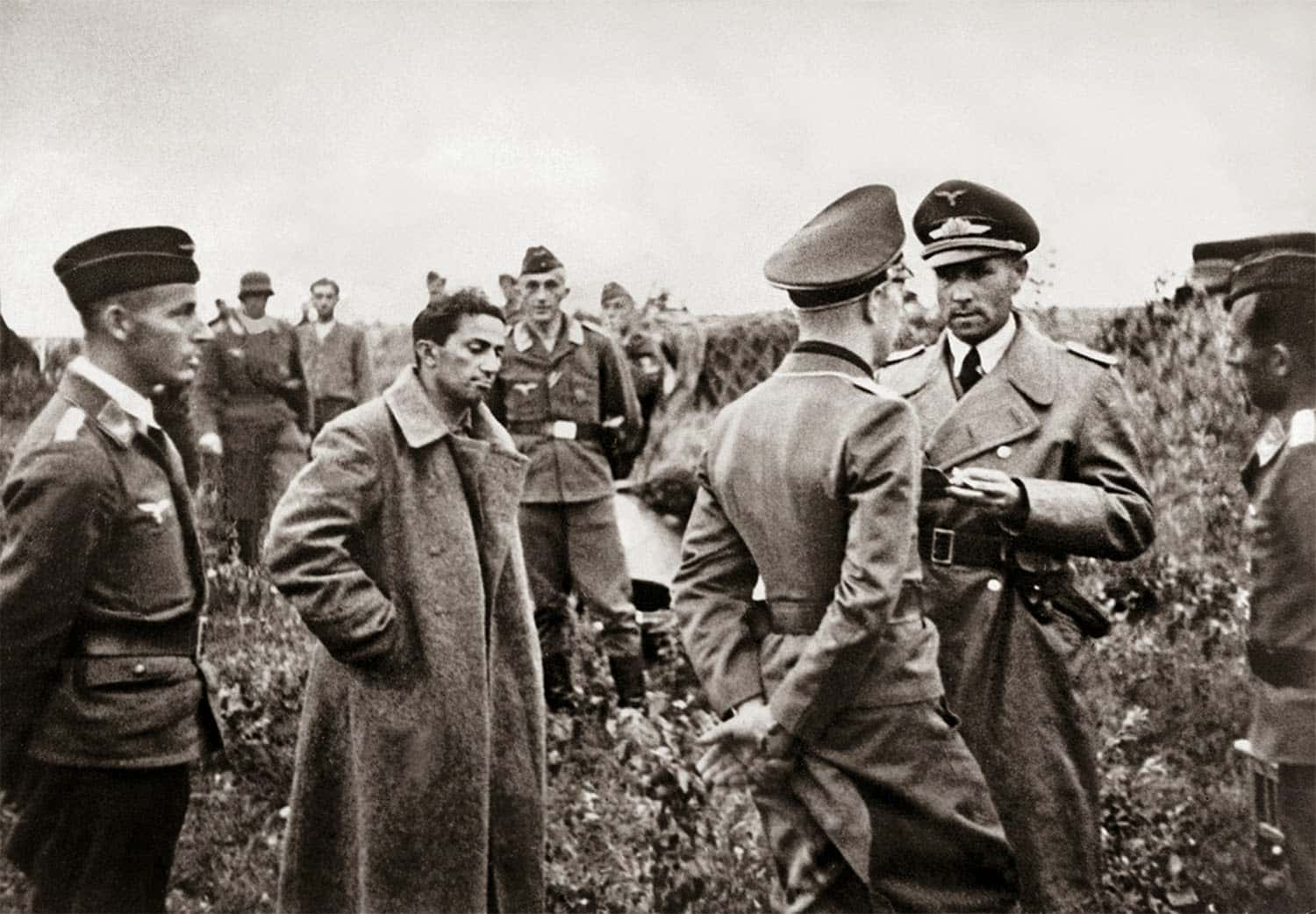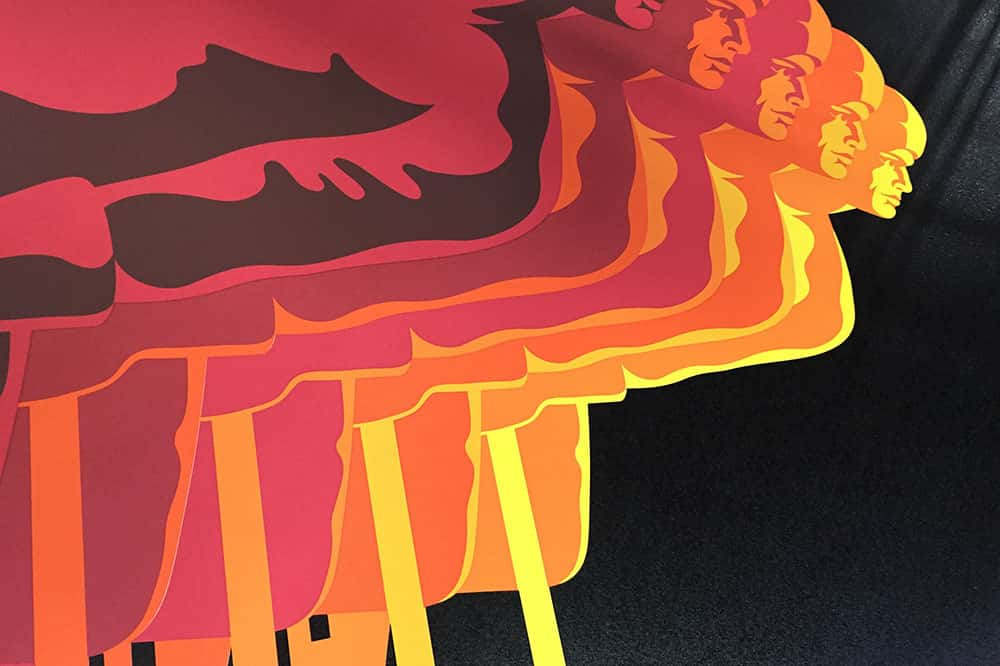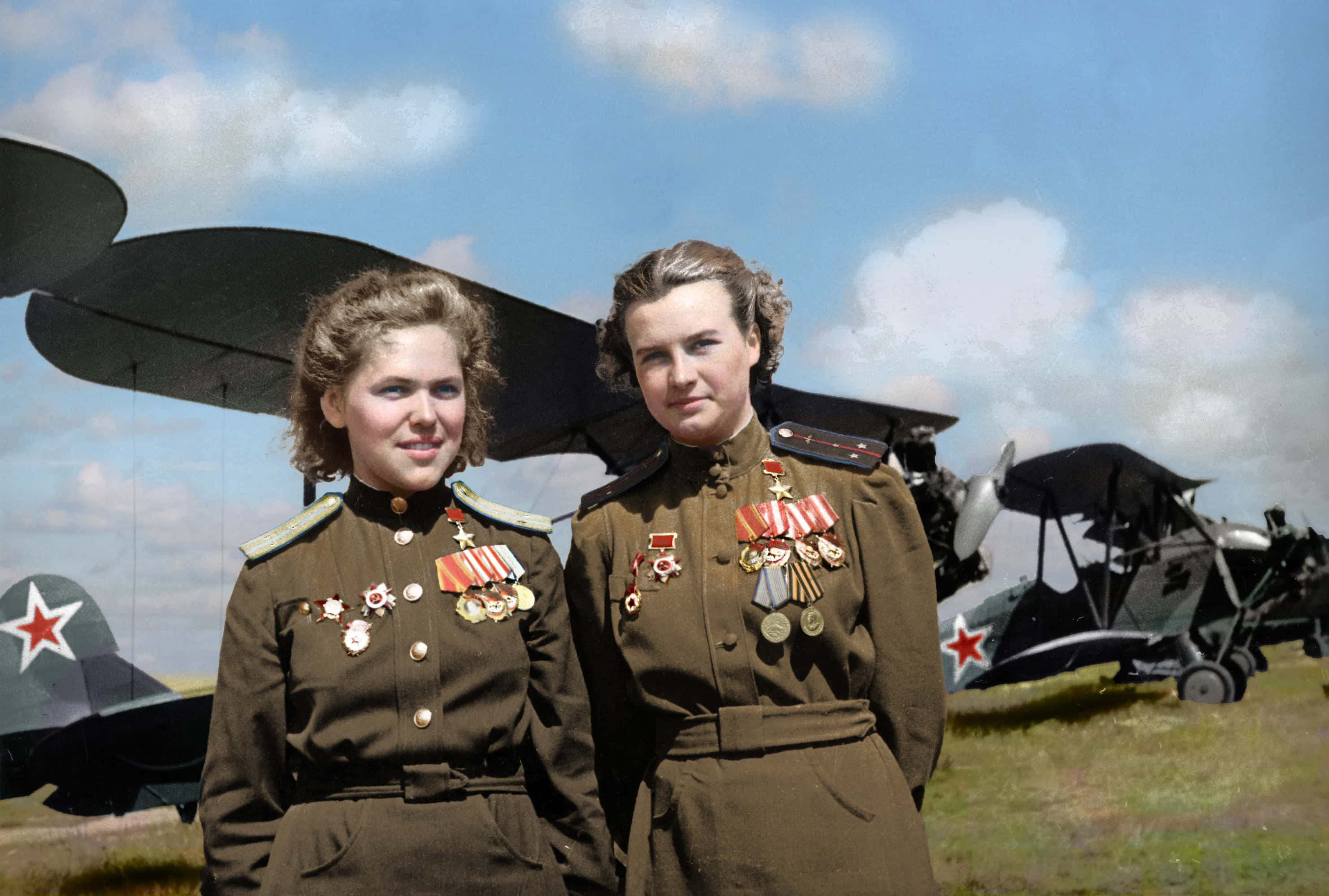The Red Army was the army and air force of the former Soviet Union. A fearsome fighting force in its day, the mighty Red Army certainly made its mark on the world during the course of the twentieth century. In this list we count down 24 remarkable facts about the Red Army.
Russian Red Army Facts
24. Seeing Red
The color red in the Red Army is a reference to the fact that red was the color of the worker’s movement and symbolized the blood being shed in the fight against capitalist oppression.
23. Founding Class
The Red Army was founded in 1918, shortly after the Russian Revolution. It was formed as an army of the working class, and all Russian citizens 18 years or older were eligible to join. Because most of its early members were peasants, the families of soldiers were guaranteed sufficient food rations as well as assistance with farm work during the time their family members were serving.
22. First Tests
The Red Army’s first major battles occurred against invading German forces in the midst of World War I. Immediately following the signing of the Treaty of Brest-Litovsk, which removed Russia from World War I, the Red Army focused its sights on the White Army Monarchist forces seeking to reinstall the Tsarist system. These White Army militias were supported by many countries in the West who had grown frightened of the spread of communism following the 1917 Revolution.
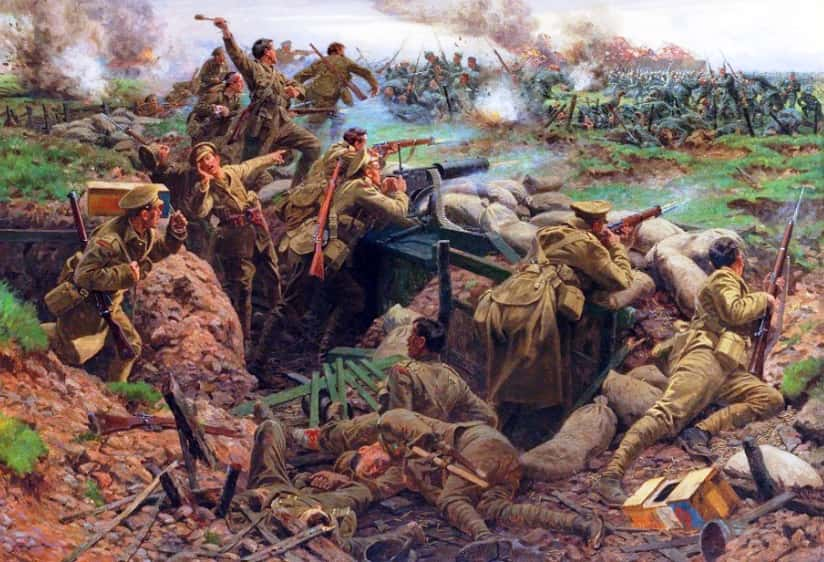 The Great War blog
The Great War blog
21. Hot to Trot
Leon Trotsky, one of the leaders of the Russian Revolution, was one of the first commanders of the Red Army. Trotsky is credited with transforming the Red Army from a small, loosely connected group of untrained peasants into a fiercely loyal and professional military machine.
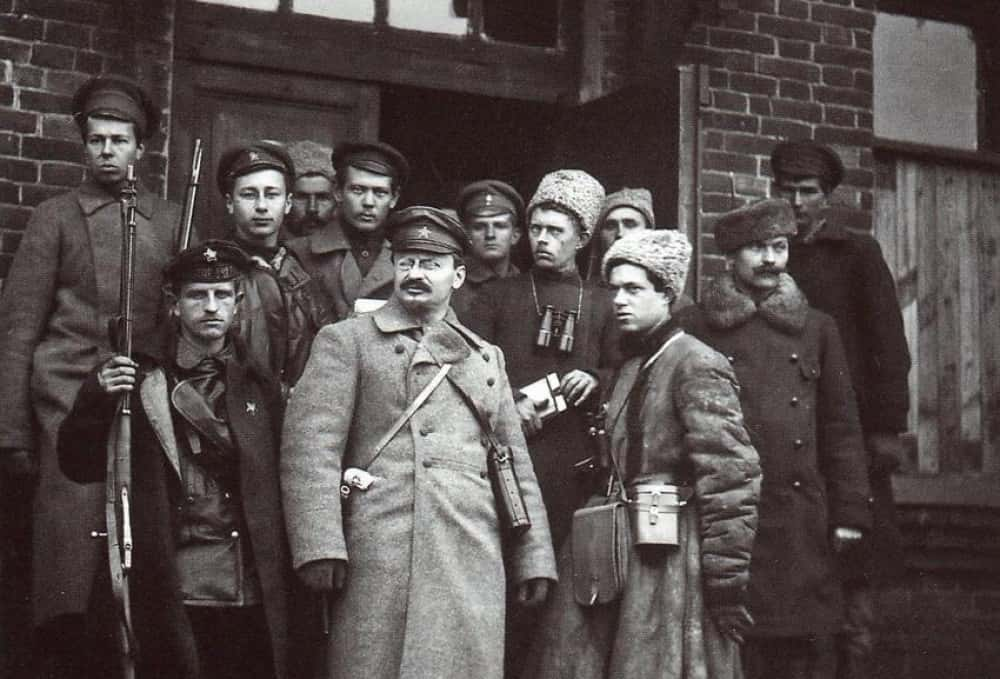 Имперский Казачий Союз
Имперский Казачий Союз
20. Family Ties
At the beginning of the Russian Civil War, ex-Tsarists (people who had previously supported the continuation of the Russian monarchy) made up over 75% of recruits. It is reported that the Red Army sometimes helped keep these potentially treasonous troops in line by holding these recruits’ families’ hostage for the duration of the war.
19. The Great Purge
Purges under Josef Stalin, including the Great Purge of 1937-1938, removed many top Red Army officers from their positions. Some of these top officers were purged in secret trials, where they were accused and convicted of “anti-Soviet conspiracy” resulting in their immediate execution. Stalin’s Red Army purges seriously impinged on its battle-readiness, effectiveness, and the experience of its top officers. One commentator wrote that through the purges “Stalin not only cut the heart out of the army, he also gave it brain damage.”
18. Tough to Finnish
In 1939, a few months after World War II began, the Soviet Red Army invaded Finland in a conflict that has become known as the Winter War. The Red Army that invaded had three times the soldiers as the Finns, in addition to 30 times as many aircraft and 100 times as many tanks. Nevertheless, the Red Army suffered enormous early losses to the Finns, who repelled the Soviet war behemoth for over two months before succumbing. The Red Army’s poor performance in the Winter War encouraged Hitler’s Nazi Germany to invade the Soviet Union in 1941 under the presumption that the Red Army would fold easily in battle with the Nazi war machine.
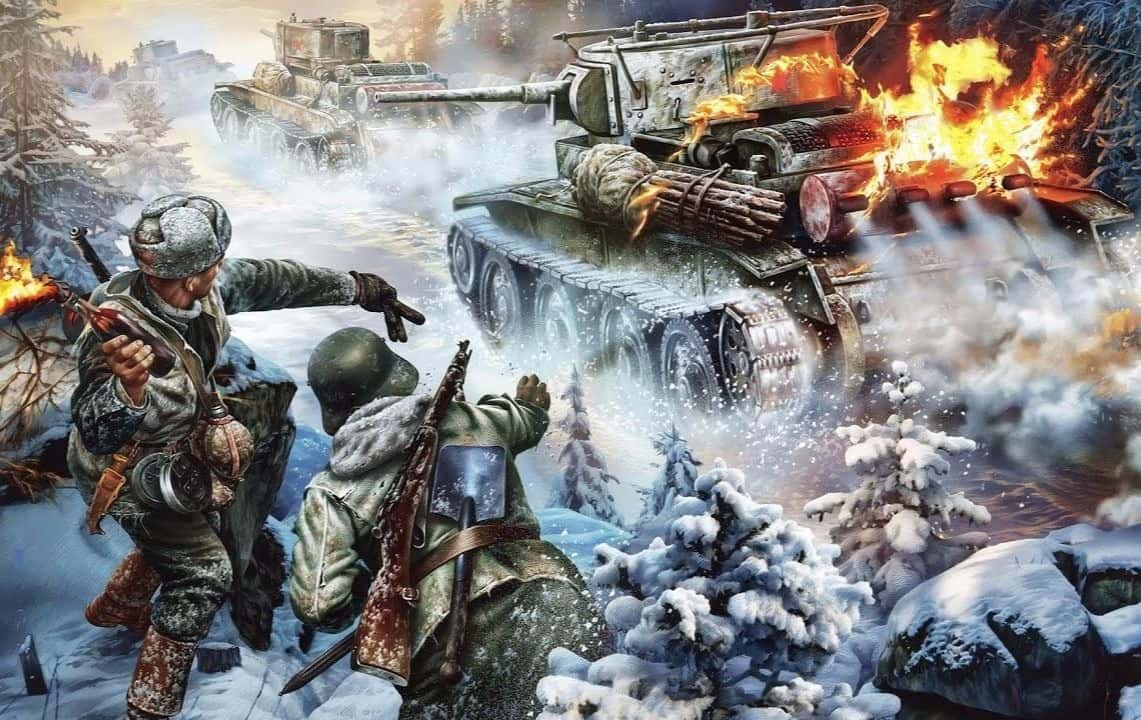 YouTube
YouTube
17. Defending the Motherland
During World War II, the Red Army initiated a full-force propaganda assault to raise the esprit de corps of its soldiers doing battle against the invading Nazi army. This propaganda emphasized defense of the “Motherland” against the invading hordes, and connected the current battle to the victorious Russian defense against an invading Napoleon during the War of 1812.
16. General Winter
The Red Army was assisted in its fight against the invading Nazis by a rather unconventional officer corps, playfully referred to as “General Winter.” The Nazis expected to have summarily defeated the Red Army by the fall of 1941 and were completely unprepared for the bitter cold that soon set in while the battles continued to rage. In fact, Nazi troops were still in summer uniforms in the midst of subzero temperatures, having not deigned to bring winter supplies, and soon faced an epidemic of frostbite.

History's most fascinating stories and darkest secrets, delivered to your inbox daily.
15. Female Fortitude
The Red Army’s commitment to the communist principles of equality extended to including women in the military. Nearly 1 million Soviet women took up combat roles in the Red Army during World War II, serving as everything from anti-aircraft gunners to tactical snipers to partisan guerillas and fighter pilots.
14. Top Markswoman
Lyudmila Pavlichenko is a female Red Army sniper who is credited as being among the top military snipers in history as well as the top female sniper of all time. Pavlichenko joined the Red Army soon after the Nazi invasion in 1941, dropping out of the University of Kiev where she had been studying history. She soon made her mark on the War with an incredible 309 confirmed kills. After the War ended, Pavlichenko was commemorated with a Soviet postage stamp of her likeness, and American folk singer Woody Guthrie composed a song (“Miss Pavlichenko") memorializing her war effort.
13. Chef's Special
Did you know that not only is canned ravioli connoisseur Chef Boyardee a real person (born Ettore Boiardi), but that he supplied food rations to the Red Army during World War II? For his work, Boyardee was awarded the Order of Lenin, the Soviet Union’s highest decoration.

12. Stuck in the Middle With You
After suffering devastating losses to the Nazis in the early months of World War II, Stalin issued an Order to the Red Army declaring that any soldiers who permitted themselves to be captured or who surrendered to enemy troops were to be executed upon return. Stalin then one-upped his former directive by issuing a new policy in 1942 called “Not One Step Backward.” Under this policy, any troops who retreated in face of enemy fire would be gunned down by Red Army “blocking detachments” positioned behind them.
11. Forest Brother
After the Red Army invaded the small Baltic State of Latvia in 1940, a young man by the name of Jānis Pīnups was conscripted into joining the Red Army troops. While in fierce battle with the Nazis in the forest, he was hit and knocked unconscious. After waking up and seeing nobody around him, the young Red Army soldier deserted and went into hiding. For the next 50 years! Seriously. Pīnups didn’t resurface until 1995, after not only World War II had ended but after the Soviet Union had collapsed and Latvia was a free, independent state.
10. A Bug's Life
At the beginning of the Battle of Stalingrad (a major World War II battle between the Nazis and Red Army forces) the average Red Army conscript's life expectancy was just 24 hours. If one was lucky enough to be a Red Army officer, your life expectancy ballooned all the way to three days.
9. Sing Me a Song
The Red Army has its own choir that was established in 1928 as the official army choir of the Soviet armed forces. During World War II, the choir travelled from one front to another, making more than 1,500 performances for troops.
8. Liberating Auschwitz
The Red Army liberated the Auschwitz concentration camp at the tail-end of World War II. At the camp, soldiers found 7, 500 severely malnourished prisoners and over 600 corpses.
7. Drunken Diversion
When the Red Army marched into Germany, the retreating Germans relied on a curious strategy to impair the army: German officers openly left large amounts of alcohol as they withdrew, presuming that the Red Army would be defenceless in the face of all this free booze and hoping it would greatly reduce their effectiveness in battle.
6. Unfortunate Son
Stalin’s son, Yakov, served in the Red Army as an artillery officer during World War II. He was quickly captured during the Nazi invasion in 1941. Presuming that Stalin's own son would be worth something significant in a trade, the Nazis offered to swap young Yakov for a captured German Field Marshal. Stalin turned the Nazi offer down, coldly asserting that he would not consider trading a Field Marshal for a lowly Lieutenant. Even his own son! Yakov later died in a German prisoner of war camp.
5. Averting World War III
A Red Army naval officer may have only narrowly avoided starting nuclear World War III. In 1962, in the midst of the Cuban missile crisis, a nuclear-armed Soviet submarine came under attack by depth charges dropped by US submarines. Assuming World War III was underway, the Soviet submarine captain wanted to launch a nuclear torpedo, but did not get authorization (which he, unusually, needed in this case) from his second-in-command, who instead decided to return the submarine to the surface to await orders from Moscow. It turned out that the depth charges being dropped were meant to signal the sub to return to the surface for identification and, thankfully, full-on nuclear warfare between the two Cold War states was likely averted.
 Wehrmacht-Awards
Wehrmacht-Awards
4. White Coke
Georgy Zhukov, a Red Army Officer, is regarded as a legendary leader of multiple battle victories during World War II. But Zhukov made another rather sweet contribution to Soviet life. After having been introduced to Coca Cola during World War II by then-US Commander Dwight Eisenhower, Zhukov sought to secretly continue drinking the American soda, which was then decried in the Soviet Union as a symbol of American imperialism. Zhukov thus arranged for the Coca Cola Co. to produce a special batch of clear coke (known as “White Coke”) just for him that, likely at Zhukov’s request, resembled vodka.
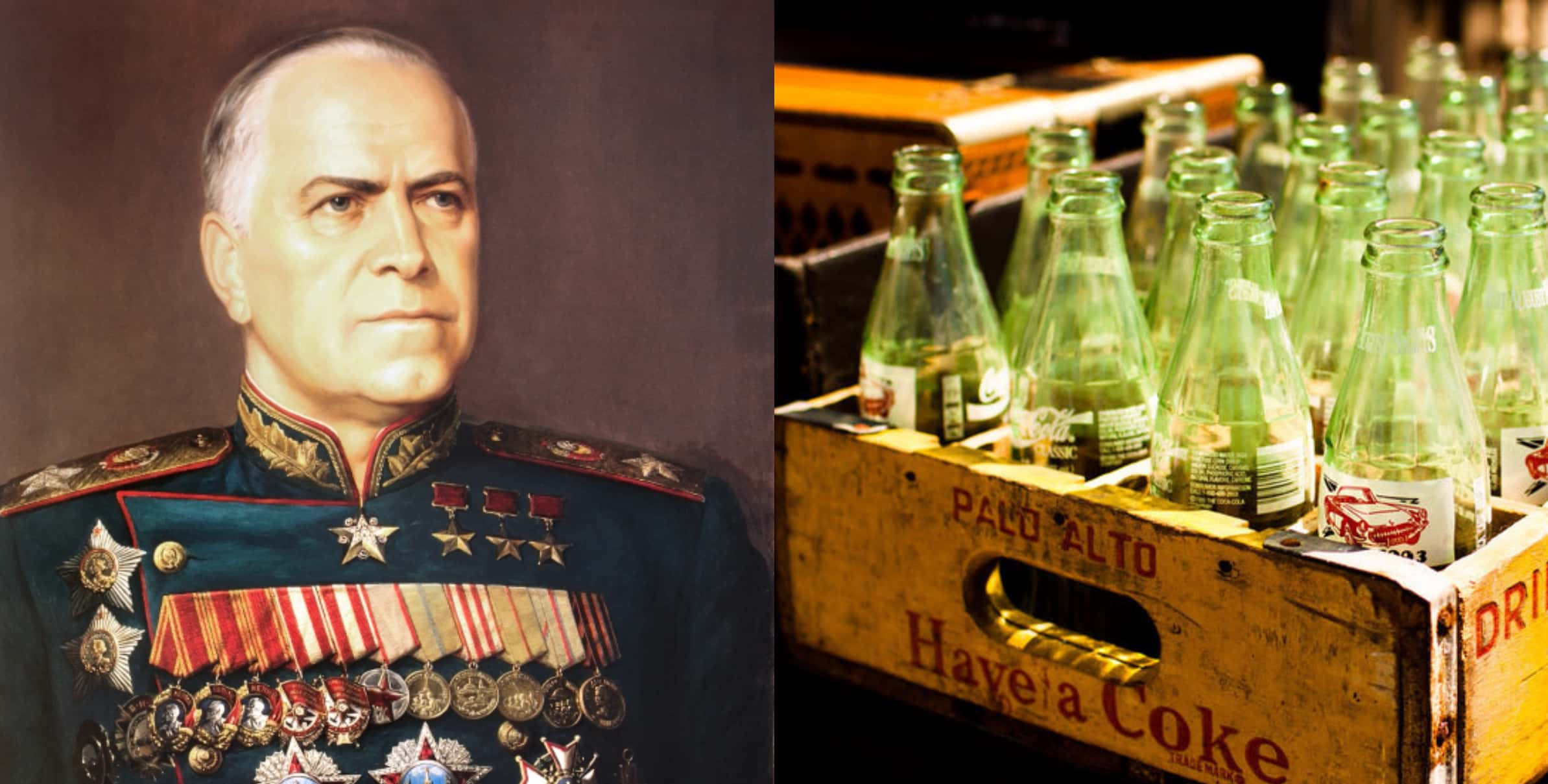
3. Army on Ice
The hockey club CSKA Moscow is also known as the Red Army team, as historically all of the members of the team were drafted out of the Soviet military. Members of the Red Army hockey team made up significant numbers of the men on the roster of the Soviet national hockey team, and numerous members of this team have gone over to North America and had great success in the NHL.
2. Ill Nutrition
The Battle of Stalingrad has lived in infamy as one of history’s most brutal sieges, but new evidence reveals the full extent of the unthinkably dark acts committed during the battle. In his interviews with Red Army Soldiers published in The Stalingrad Protocols, German historian Profressor Jochen Hellbeck reveals that during the battle, conditions on the ground were so tough for Red Army soldiers and the local populace that cannibalism was a common occurrence. Rats also became a major source of protein for many, and horses killed in battle would usually be picked clean for meat. More than that, "Human excrement was piled up waist-high." Despite the inhuman battle conditions, the Red Army eventually defeated the Nazis at Stalingrad, which is considered by many to be the turning point of the War for the Allies.
1. Night Witches
One of the most feared Red Army units during World War II was an all-female unit of pilots who conducted nighttime dive-bombings of German cities in biplanes. To avoid detection, these crafty pilots would cut the engines of their noisy planes before swooping in over a Germany city. This fearsome nocturnal unit was appropriately nicknamed the “Night Witches.”
Sources: 1, 2, 3, 4, 5, 6, 7, 8, 9, 10, 11, 12, 13, 14, 15, 16, 17, 18, 19



